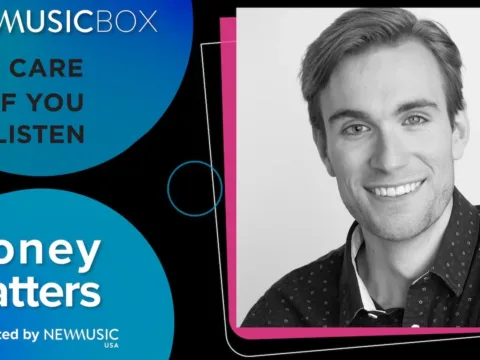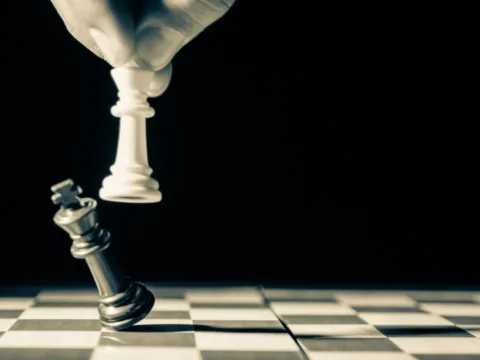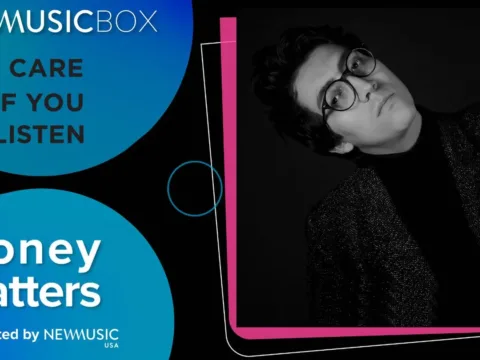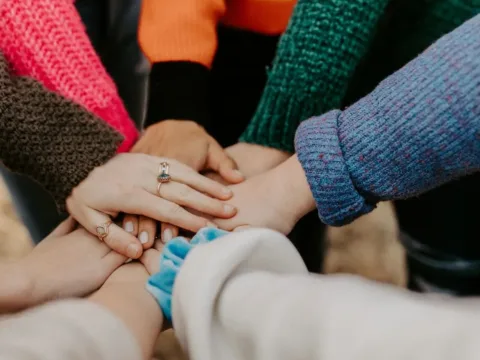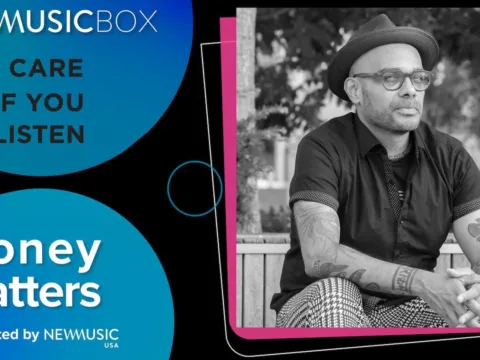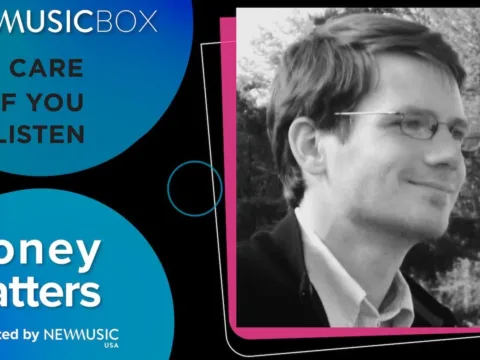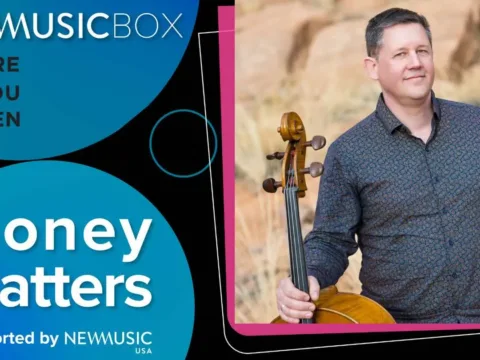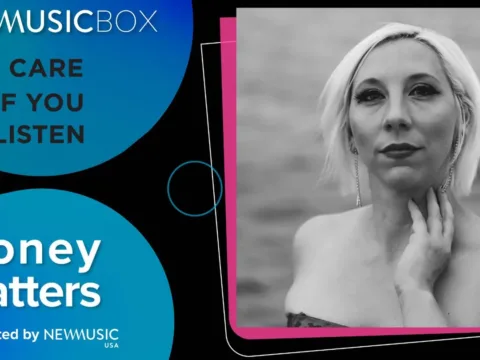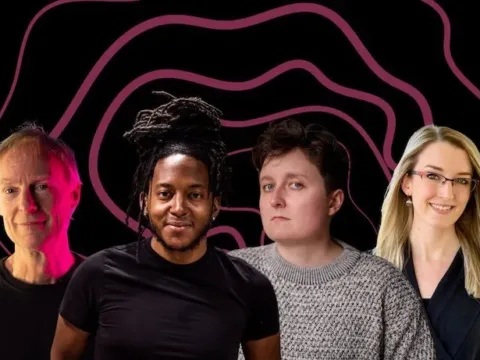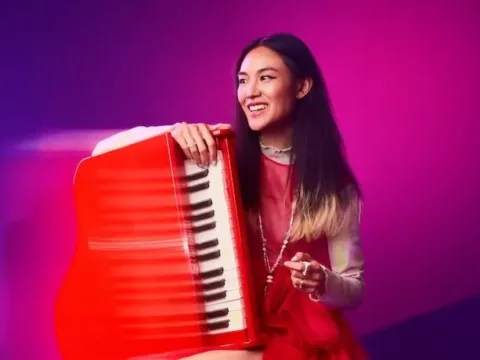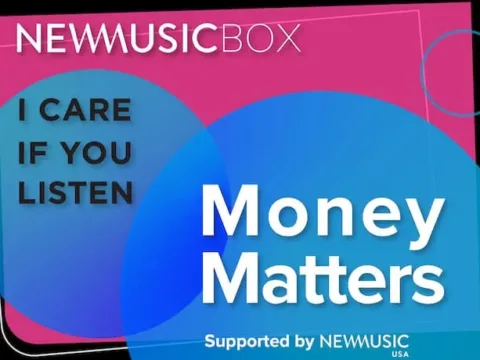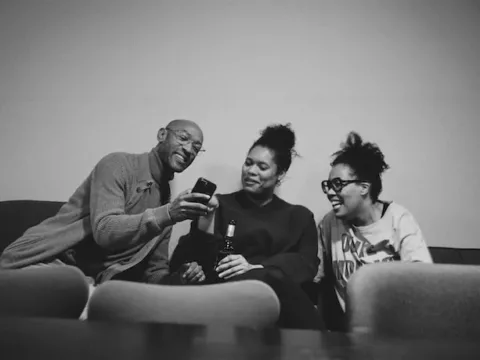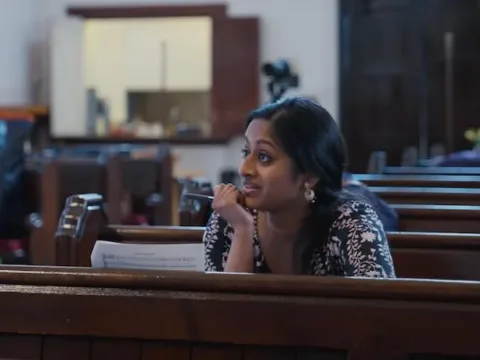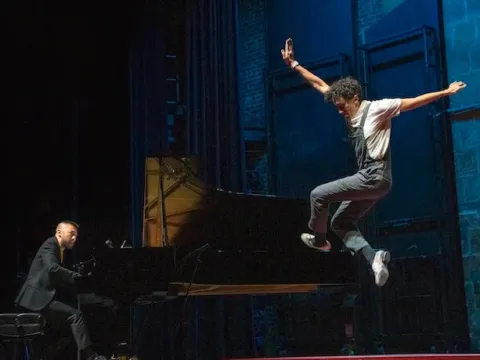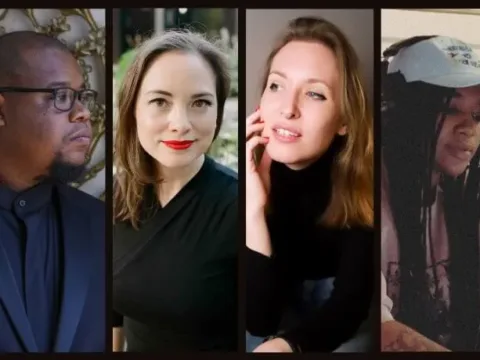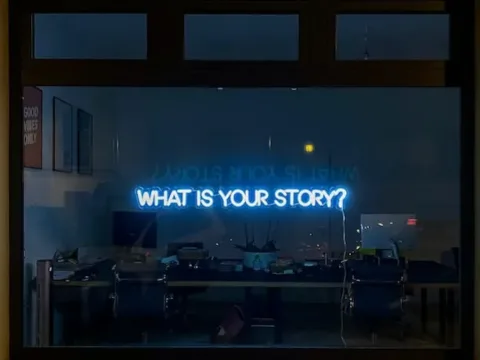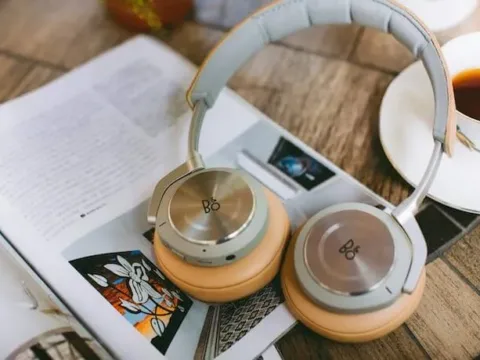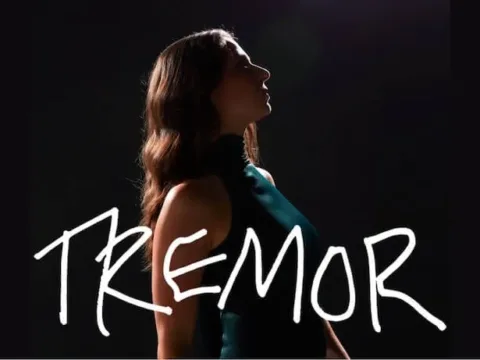Half a decade ago, “pivot to video” first became a buzzphrase and then, among those in media, a bitter byword. Now, the world is pivoting to video at the same frenetic pace as the spread of COVID-19. Social distancing has gone from precaution to collective duty to state mandate, and live music and its practitioners are suffering. Large organizations, from the Metropolitan Opera to the Berlin Philharmonic, have opened up video troves, live-streamed concerts, or both. Others, including the Detroit Symphony Orchestra, have drawn fresh attention to already-free online archives. Facing gaping voids where busy schedules used to be, freelancers have taken their lessons and performing online. But what about classes?
Many of the same musicians now deleting gigs from their calendars also teach beyond one-on-one lessons and coaching. Advice on how to move formerly in-person activities online have flooded the internet. It can all feel overwhelming. How can we serve students–and avoid late nights of panicked web searching and software testing–under these conditions?
Having facilitated online courses and worked with three learning management systems (LMSs)–Canvas, Brightspace, and Blackboard–I searched for alternatives. Surely, I thought, some revolutionary technology could enable me to continue more or less as usual. Yet as quickly as the notion of the “usual” became quaint, I learned that the perfect and the good still conflict. Seamless continuity will not happen, even with courses designed for and started in an online setting. Instead of my imagined solution, I found robust discussions of how to survive the pivot while first doing no harm.
The tips and guides gathered below come from professional educators at many career stages and from several types of institutions. Sections move from general to specific. So order some takeout, tip generously, and get by as an online educator with a little help from our friends.
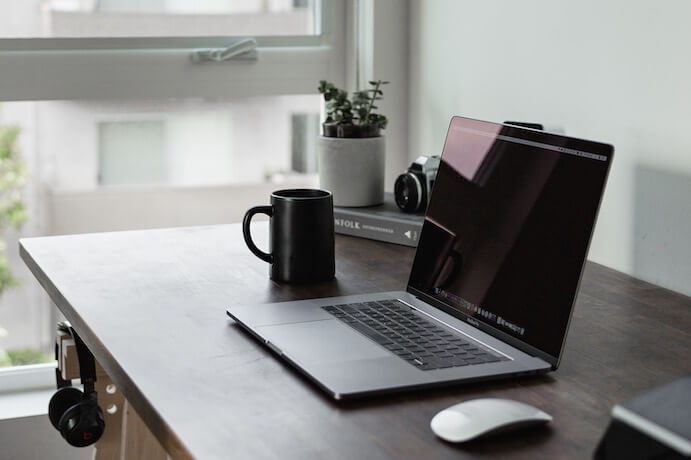
General Tips
Those employed at an institution will have received many official emails highlighting resources specific to that school’s software and LMS. Meanwhile, independent writing about moving classes online has ranged from the provocative to the slickly packaged while remaining generally useful. In a time dominated by talk of affliction and care, however, many offer solutions that emphasize ease of access. Difficult though it is to think past one’s own struggle, it helps to envision the transition from a student perspective. Noted academic social-media commentator Kevin Gannon frames this as making the pivot “less brutal.” Aimi Hamraie, however, goes beyond the palliative and outlines, item by item, how to design online instruction for maximum accessibility. Her post links to Lauren Cagle’s template for an easily overlooked yet valuable tool: the student survey. Amid the current rush, educators may forget that the best way to determine what students need is to ask. Among music professors, Will Robin has sent students a similar set of questions. Will Mason keeps it simple and open-ended.
Keep in mind, however, that the answers you receive may not make the transition easier. As Robin James reminds us, decisions about internet and tech use will necessarily depend on students’ ability to participate.
I surveyed my 100-student music appreciation class & with 70 respondents, now that they are kicked out of campus housing over 30% don’t have regular access to tech+quiet time to do coursework, over 40% have additional care/work responsibilities. Proceeding as normal is unethical.
— Robin James (@doctaj) March 17, 2020
Among the basic questions that some may have: what, precisely, is a Zoom? The ascendancy of the platform caught me by surprise when one of my institutions switched to it from Webex last year. By now, demands for advice on instruction via Zoom has grown to the point that the company has begun to host daily webinars. Some institutions contract with the forbiddingly named yet efficient video creation service PanOpto, which posts tips on its Twitter feed. That education-tech makers have turned to social media to spotlight their most salient features raises an important question. To what extent can social media itself help smooth the transition, and how can we preserve communities despite physical isolation?
Apart Together
For those who teach in a workshop-style setting, the idea of switching to prerecorded lectures may feel like surrender. Few teachers would agree that even live videoconferencing replaces the senses of togetherness and mutual exchange that in-person interaction fosters. Yet the difficulty of creating a sense of togetherness and communication online need not dissuade us from making informed efforts. Although discussion boards may seem a pale shadow of conversation, MIT’s Jennifer French outlines ways to make these spaces thrive. The utility of this feature varies from one LMS to another, as do interactive features such as quizzing and testing. Moving online offers opportunities to develop LMS pages into more than just places to post files and links. They can centralize all communications and activities in a few dedicated pages, and give students a place to congregate digitally.
Of course, an entire internet ecosystem exists to collect and exploit consumer data allow people to congregate: social media. Fellow instructors reluctant to take the plunge into Twitter: I hesitated, too! I left the site for nearly a year but rejoined recently, and not just for the sense of connection. Without the exchanges taking place among educators, I would never have discovered lifelines like Leigh VanHandel’s crowdsourcing initiative for theory resources, or tools made available by companies that ordinarily paywall or require licenses, such as Avid and ProQuest.
Threads dedicated to newly free software and services have already emerged.
I’d like to compile a list of music software that has been made free, cheap, or an extended free trial in the wake of covidity — anyone got any hot tips?
— Isaac Schankler (@piesaac) March 16, 2020
Users have also begun to post threads rich with sound online teaching advice.
Online student tips: a thread from someone who just got an Masters in ed tech/instructional design mostly online. (This also makes me feel like I’m helping – helping you is helping me, helping you 🤪) #edtech
— Britttt (@lunakat805) March 16, 2020
Looping back to the need to see things from your students’ perspectives: consider this thread by Kate Symons.
I’m seeing lots of tips for lecturers preparing online teaching, but not so many ideas for students preparing for online learning, perhaps for the first time. Here is my advice for students.
— Dr Kate Symons (@katesymons2) March 16, 2020
Beyond the turbulent and richly distracting spaces of social media, however, music-specific online documents have attracted dozens of simultaneous viewers. On the nonprofit site Humanities Commons, the Society for Music Theory has posted an editable list of resources. Christopher Bill has assembled an impressive list not only of teaching tools, but also of freelancers offering online lessons. Music and audio production instructors can suggest edits to this guide by Eric Honour, Jeff Kaiser, and Michael James Olson. Individual blogs have also come to the rescue. I for one have bookmarked Megan Lavengood’s how-to for integrating computer audio into recorded or streamed video without quality loss.
Let’s Talk About You
“But how are you doing?” Students made a habit of asking, after they realized that I always asked them that question to start class. It meant more to me than I had anticipated. This brings me to a final point: students cannot learn well from an educator at the end of their tether. Caring for yourself and those you love will serve as the foundation of your rebuilt teaching practice. Part of this involves maintaining a sense of community and common cause, and building solidarity with those in similar situations. Fortunately, educators have already begun to create networks to support this kind of contact, and not just on social media. For instance, Imani Mosley and Jeanette Dibernardo Jones have opened a multi-channel space for music scholar-teachers, called PivotChord, in Slack. Will Robin and Paula Harper have established a daily colloquium hosting those slated to give now-cancelled talks this spring. Robin sees it less as an outlet for public musicology–which he practices and teaches–than as relief from intellectual isolation. Harper likewise envisions it as a way to reclaim human contact.
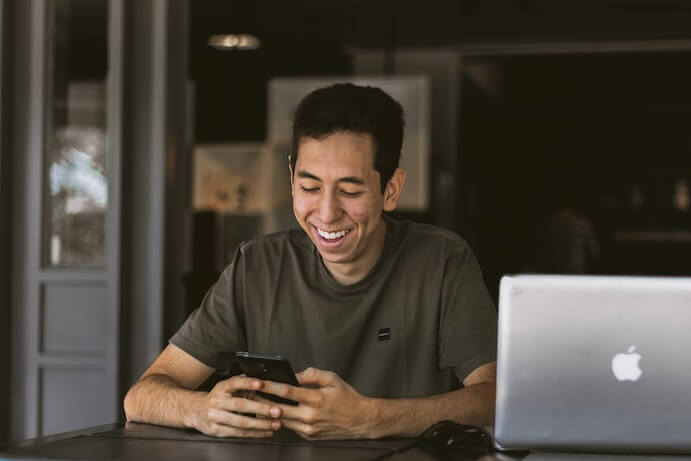
As a researcher of music and internet virality confronted with an actual virus, Harper specializes in unlikely online communal experiences. However, she also offers words of caution: for starters, remember how many people have no “online” option for their work. More urgent in the context of moving online: the need for critical thinking about where students’ information ends up. LMSs and associated tools can streamline things for educators, but normalize surveillance and allow makers to profit from student data.
Robin likewise advises against practices that feel innocuous or helpful to instructors, but less so to students; consider email overload. “They’re on spring break,” he writes of his students, “and I’m guessing they’re being deluged with a ton of messages. Clear communication is paramount, but I’m trying to avoid clogging their inboxes.” (I too have kept it simple: FAQs last week, surveys on tech availability now, guides to new procedures next week.) In his newsletter, ordinarily a glimpse into his research on new music, Robin recently stressed the need to temper expectations. This applies as much to the students as to the self. “We can only do our best,” he writes–something to remember when Zoom crashes, or planned curricula exceed new constraints.
In a time when safety and survival feel suddenly less certain, looking to contingency measures as silver linings feels perverse. Online instruction cannot and will not provide the same spark of life that in-person teaching did. Instructors and students alike will struggle to adapt, and fail publicly. Accept these things; however, accept as well the fact that the direness of the news cycle need not prevent learning. If social media has yet to burn the High School Musical tune into your brain: we’re all in this together.

